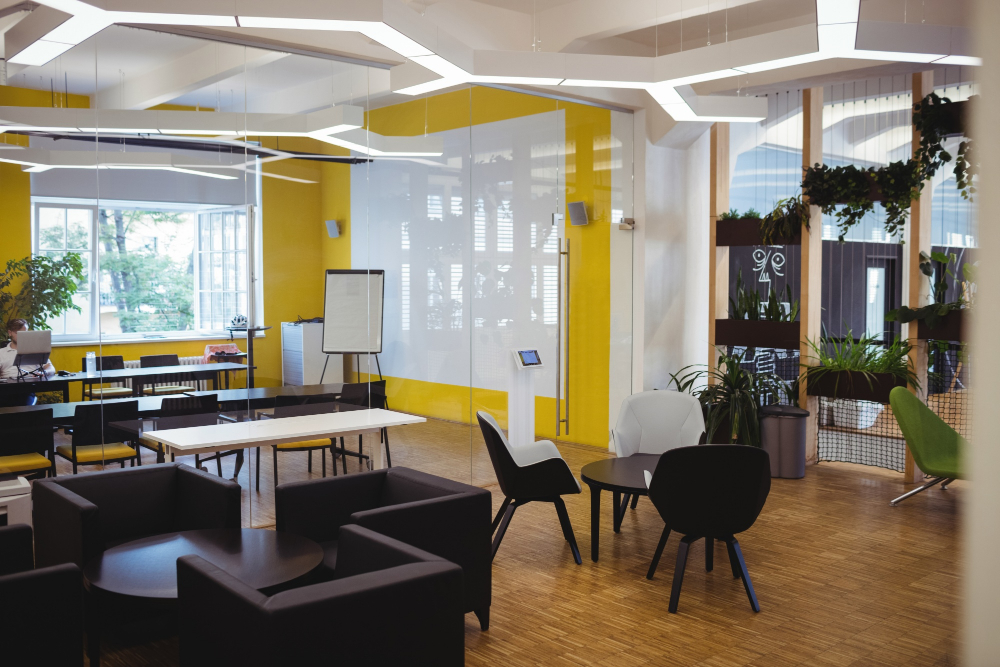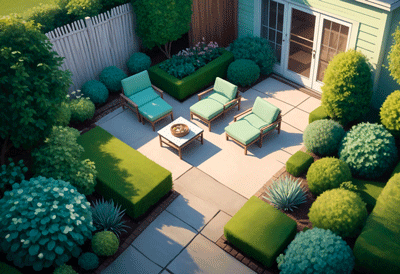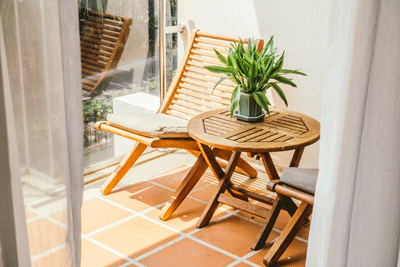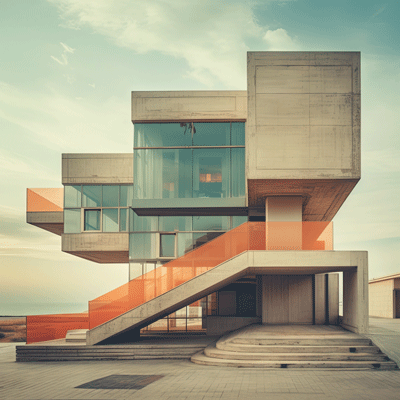
Interior & Exterior Design
Offices Design & Decoration
Essential Tips for Effective and Inspiring Office Design
Modern office design goes beyond mere desks and chairs. It’s about creating an environment that fosters productivity, supports well-being, and reflects company culture.
1. Understand the Purpose and Culture
Before any design decisions, define the office’s primary function and the culture you want to promote.
Activity-Based Working (ABW): Provide a variety of settings for different tasks: focus zones for deep work, collaboration areas for team projects, and casual meeting spots for informal chats.
Reflect Your Brand: The office should be a physical manifestation of your company’s identity. Use brand colors, values, and mission in the design subtly. Is your company innovative? Creative? Traditional? The space should communicate that.
2. Master the Layout and Space Planning
The Zoning Concept: Divide the office into clear zones to balance collaboration and concentration.
Collaborative Zones: Open-plan areas, meeting rooms (enclosed and glass-fronted), breakout spaces with comfortable seating.
Focus Zones: Individual workstations, phone booths, or small, bookable quiet rooms.
Social/Relaxation Zones: A kitchenette, coffee bar, or lounge area for breaks and social interaction.
Prioritize Traffic Flow: Ensure clear, logical pathways that don’t disrupt people working. Avoid creating main thoroughfares directly through dense work areas.
Consider Proximity: Place teams that collaborate frequently near each other. Position printers, copiers, and supply areas conveniently but not in the middle of quiet zones.
3. Invest in Ergonomic Furniture and Wellbeing
Employee health and comfort directly impact productivity and morale.
Ergonomic Chairs: This is non-negotiable. Invest in high-quality, adjustable chairs with good lumbar support.
Sit-Stand Desks: Adjustable-height desks allow employees to alternate between sitting and standing, reducing health risks associated with prolonged sitting.
Monitor Arms: Free up desk space and allow for optimal screen positioning to reduce neck and eye strain.
Adequate Space: Ensure each workstation has enough surface area and legroom to work comfortably.
4. Optimize Lighting for Productivity and Comfort
Lighting is one of the most critical factors in office design.
Maximize Natural Light: Position workspaces to take advantage of windows. Natural light boosts mood, energy, and circadian rhythms. Use glass walls for interior rooms to allow light to penetrate deeper into the space.
Layer Artificial Lighting:
Ambient Lighting: Provides overall illumination. Avoid harsh, uniform overhead lighting.
Task Lighting: Desk lamps offer employees personal control over their immediate work area, reducing eye strain.
Accent Lighting: Used to highlight architectural features, branding, or art.
Human-Centric Lighting (HCL): Advanced systems that mimic the natural progression of daylight, changing color temperature and intensity throughout the day to support energy and focus.
5. Incorporate Acoustics and Sound Management
Noise is the biggest complaint in modern offices.
Sound-Absorbing Materials: Use acoustic panels on walls and ceilings, high-pile carpets, fabric-covered furniture, and plenty of soft furnishings (sofas, cushions) to dampen noise.
Acoustic Panels on Walls/Ceilings
Sound-Masking Systems: Subtle, ambient background sound (like soft white noise) that can make speech less intelligible and distracting.
Phone Booths & Focus Pods: Provide essential, bookable spaces for private calls, video conferences, or concentrated work.
6. Create a Positive Atmosphere with Biophilic Design
Connecting the indoors with the natural world has proven benefits for reducing stress and improving cognitive function.
Direct Biophilia: Incorporate live plants, green walls, and access to views of nature.
Indirect Biophilia: Use natural materials like wood and stone, natural color palettes (greens, blues, browns), and patterns that mimic nature.
Air Quality: Good ventilation and air-purifying plants contribute to a healthier environment.
7. Integrate Smart Technology Seamlessly
Technology should enable work, not hinder it.
Ample and Accessible Power: Provide plenty of power outlets and USB ports at desks, in meeting rooms, and in breakout areas. Consider power strips integrated into furniture.
Wireless Connectivity & Strong Wi-Fi: Ensure robust and secure coverage throughout the entire office.
Video Conferencing Ready: Equip meeting rooms with high-quality cameras, microphones, and large displays for seamless hybrid meetings.
Cable Management: Use solutions to keep cables tidy and out of sight for a cleaner, safer look.
8. Provide Adequate and Flexible Storage
Personal Storage: Provide lockers or pedestals for employees to store personal items.
Shared Storage: Use central filing cabinets, shelving units, and supply closets to keep shared resources organized.
Digital-First Mindset: Design for less paper storage, focusing instead on digital filing systems.
Common Office Design Mistakes to Avoid
100% Open Plan: This ignores the need for privacy and focus. Always balance open areas with enclosed spaces.
Poor Acoustics: Ignoring sound management leads to a distracting and unproductive environment.
Skimping on Furniture: Uncomfortable chairs and desks lead to absenteeism and lower productivity.
Ignoring Employee Input: The people using the space every day know what they need. Involve them in the planning process.
Neglecting the Break Area: A dismal break room tells employees they aren’t valued. A comfortable, well-equipped break space is crucial for mental recharge.
Remember, the best modern offices are not just places to work; they are tools that empower employees, foster collaboration, and attract top talent.






